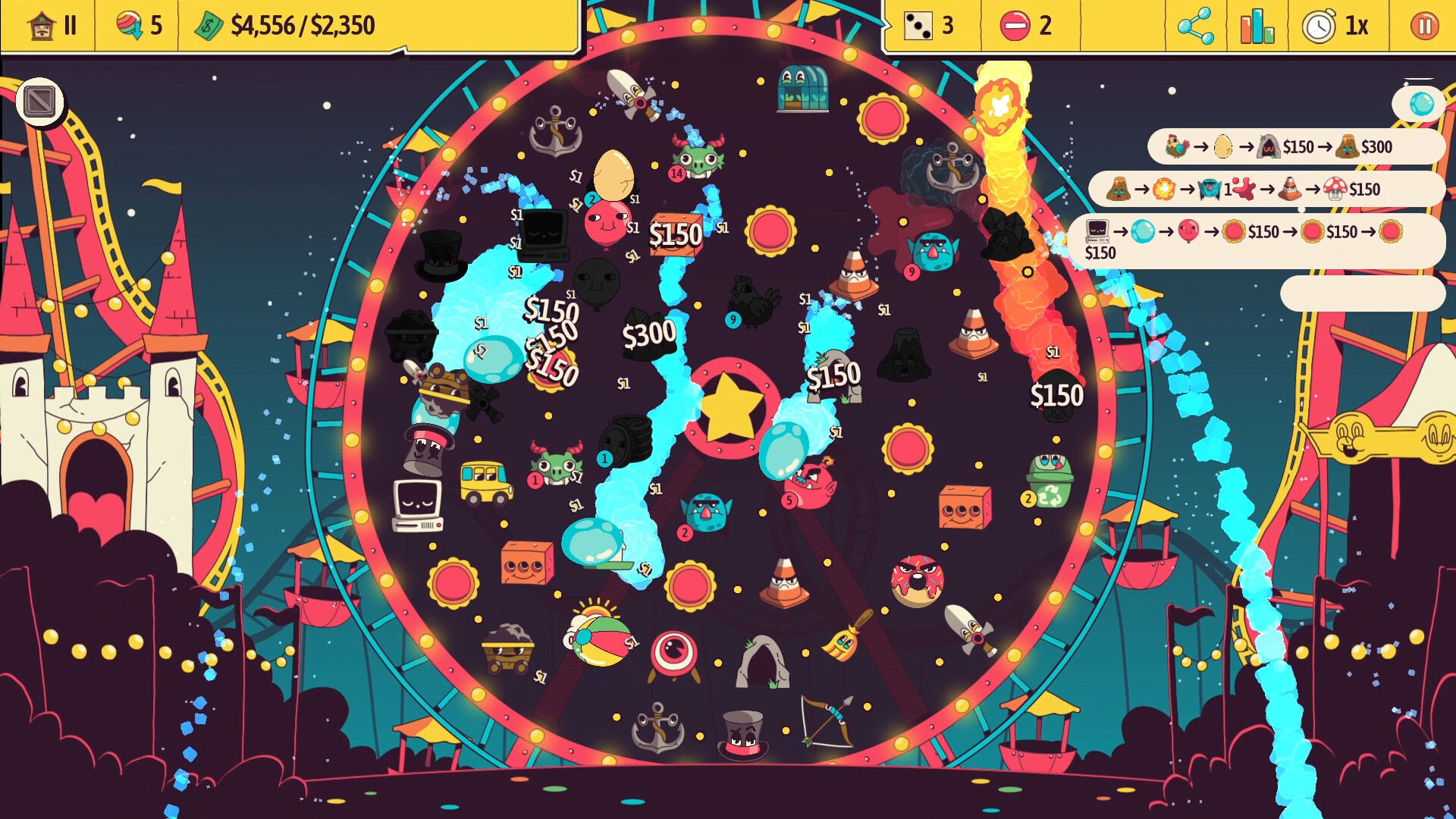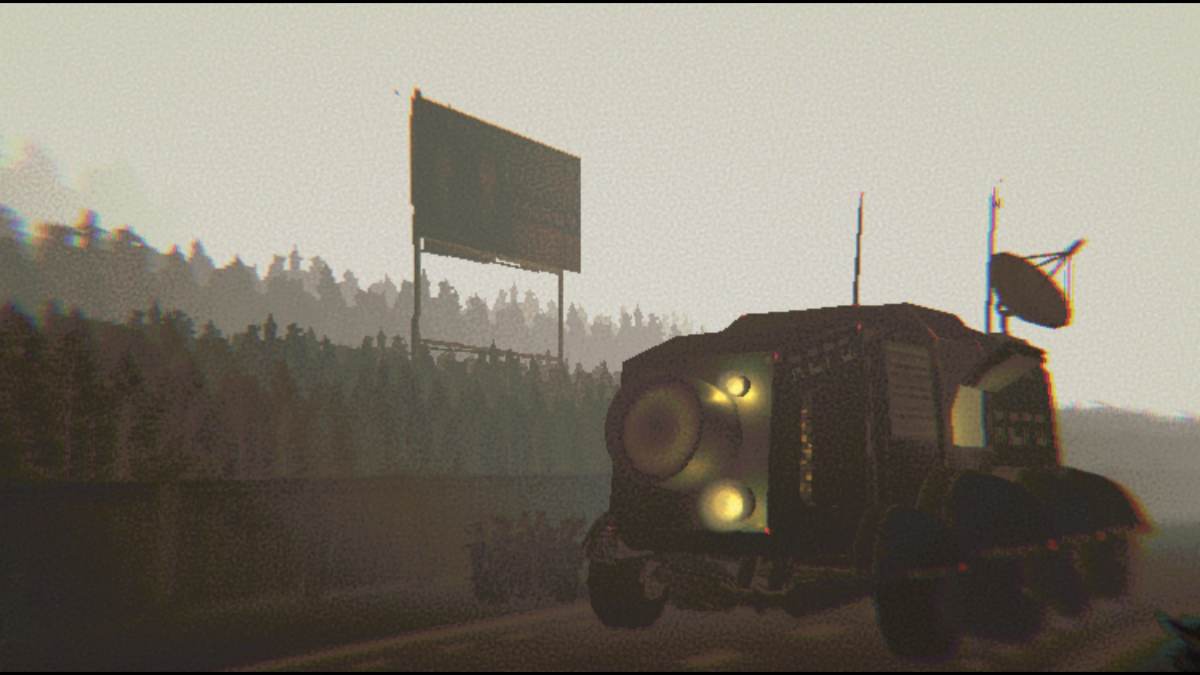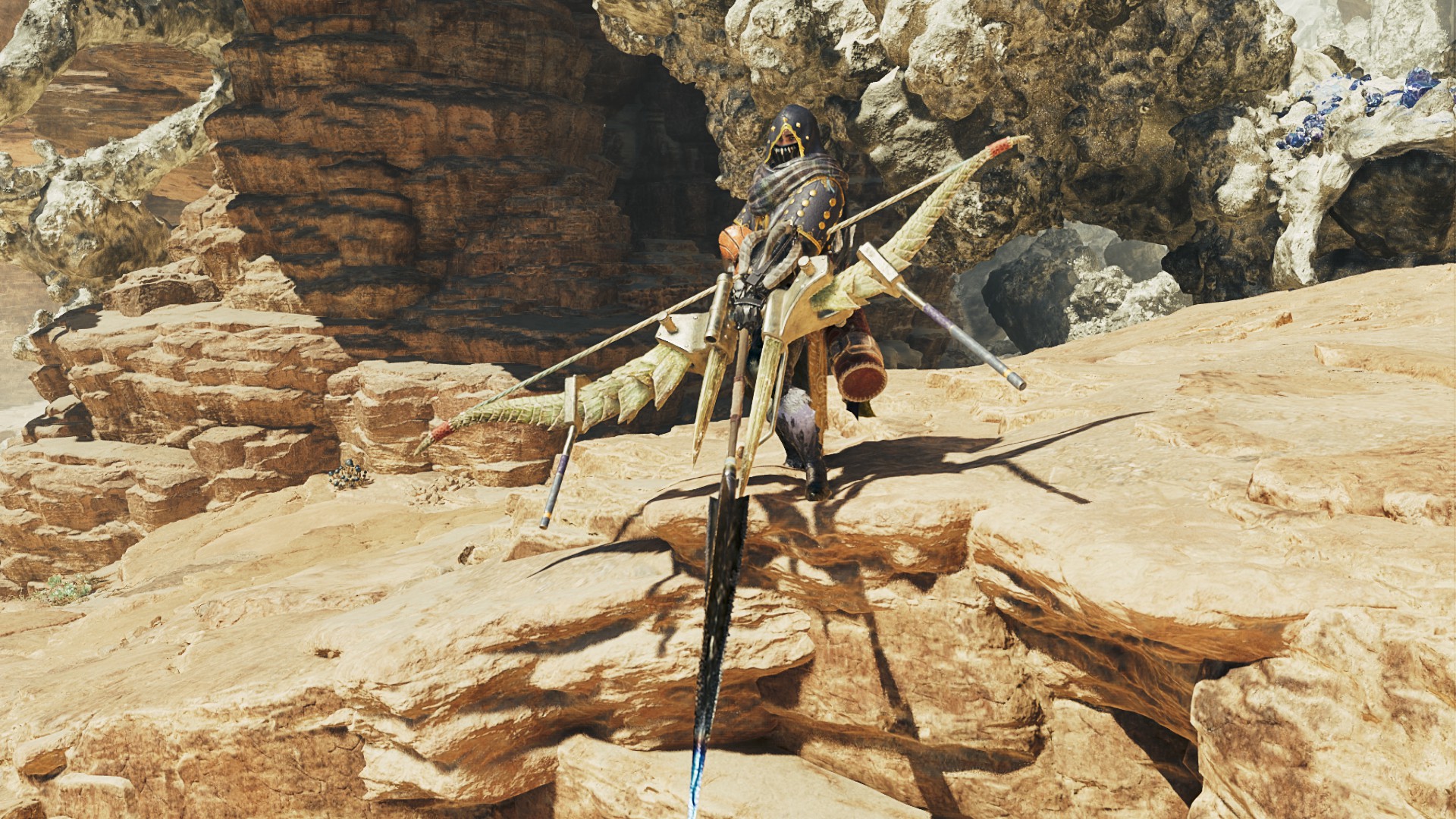
You can try Ballionaire for free now.
We seem to have crossed the event horizon of roguelikes. Anything can be a roguelike now. Poker? A roguelike. Blackjack? Of course. Mahjong? Don’t doubt it. All bets are off, and as I downloaded the new demo for Ballionaire, the idea of a pachinko roguelike didn’t even strike me as strange. But as if to preempt my jadedness, developer Newobject has made its swing at the genre as bizarre as possible.
The core formula is pretty straightforward—every round you drop a ball down a pachinko board, earning money based on how many pegs, triggers, and bumpers it hits, and trying to earn a specific amount in a certain number of drops. Each time, you also get to draft a new item to add to the board for the next round. It’s here that things get strange.
Items include everything from campfires to mushrooms to whales to stopwatches to explosive goblins, each with their own unique effects to help shape your board. It quickly becomes clear that the key to winning is finding the strange synergies between them.
For example, you might make a build focused on food. Near the top of the board, you’d pop in some tomatoes and bread, which your ball can grab hold of if it bumps into them. Maybe some cheese if you find it early, which of course grows in value the older it is. Somewhere towards the middle, you want to install a couple of frying pans—if the ball hits one while carrying ingredients, it’ll spawn higher scoring food around it (a different dish for each ingredient combo, naturally). Towards the bottom, some disembodied mouths complete the combo—for every piece of food still attached to your ball when it reaches them, you’ll score a multiplying bonus as they gobble it down.
But hold on… couldn’t we add a few more layers here? What about giving the ball a parachute, so that when it reaches the bottom, it reverses its gravity and floats back up through the board, picking up more ingredients? And then picking up a boon that makes it rain “fish balls” every time a ball carrying things exits via the top of the screen, each new ball itself gathering more ingredients, cooking them, and bringing them to hungry mouths?
(Image credit: newobject, Raw Fury)
As the goals to clear each round grow higher, so too must your chaotic Rube Goldberg machine become ever more layered with strange combos that prolong each drop and maximise its score. You’re making a build like in any roguelike, but with an added frisson of chaos—because the ball is a victim to the whims of physics, you’re never completely certain of what its journey down the board is going to look like, instead creating something that hedges your bets in certain directions as you hope for the best.
When it’s all working just as I want it to, it’s a lovely high—and though the demo is only a limited slice of the game, I’ve already spent hours chasing that feeling. And when it all goes wrong—because a bumper doesn’t bounce the ball to where I want it to, or two items interact in a way I failed to anticipate—it only makes me more determined to come back for another, better run.
(Image credit: newobject, Raw Fury)
I do wonder how much longevity the full game will boast. Though the builds you can create are wonderfully dense and weird, it does feel like there’s a fairly limited pool of possible archetypes to pursue. Modifiers imposed by bosses—such as making items age slower, or limiting how many objects a ball can carry—further narrow your options, which can make it feel less creatively satisfying than it should. But with no release date set yet, it’s possible things will be tweaked and perhaps more options added before launch. I can also see items in the screenshots that I haven’t encountered in the demo, so some stuff has likely just been held back for the full release.
If you like the idea of a pachinko board that sets off chain-reactions of explosions and fireworks, or spews out “money balls” and deposits them into piggy banks, or bounces the ball repeatedly into the bottom of a very old tree, then give the free demo a try—it’s certainly not quite like anything else in Steam Next Fest.






